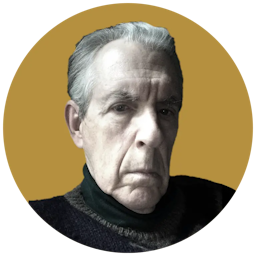Janet Malcolm Hides Behind Photography
Photographs in this book are evasions as much as they are disclosures. Since Malcolm cannot trust memory, she analyzes photographs, which, paradoxically, can only come to full life by the use of her memory.

‘Still Pictures: On Photography and Memory’
By Janet Malcolm
Farrar, Straus and Giroux, 176 pages
Please check your email.
A verification code has been sent to
Didn't get a code? Click to resend.
To continue reading, please select:
Enter your email to read for FREE
Get 1 FREE article
Join the Sun for a PENNY A DAY
$0.01/day for 60 days
Cancel anytime
100% ad free experience
Unlimited article and commenting access
Full annual dues ($120) billed after 60 days

